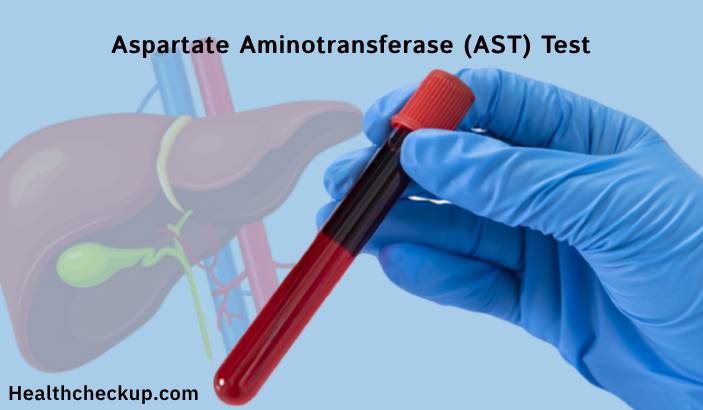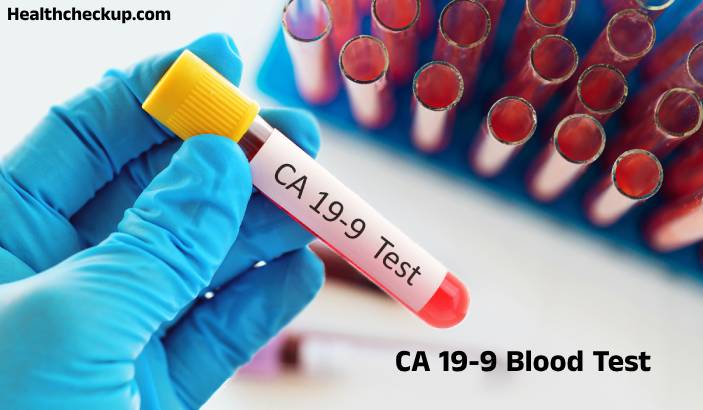Aspartate Aminotransferase (AST) is an enzyme that plays a critical role in amino acid metabolism. It is primarily found in the liver but also in cardiac muscle, kidneys, and other tissues. The AST test is a blood test used to assess liver health and detect potential damage. This article explores the purpose, preparation, procedure, normal ranges, and interpretation of AST test results, along with the potential risks associated with the procedure.
Purpose of the AST Test
- Liver Health Assessment: The primary use of the AST test is to evaluate liver function and to identify damage from conditions such as hepatitis, cirrhosis, and liver cancer.
- Detection of Heart and Muscle Damage: While AST is most commonly associated with liver function, significant elevations can also indicate damage to cardiac or skeletal muscle.
- Monitoring Disease Progression and Treatment Efficacy: For patients diagnosed with liver disease, periodic AST tests can monitor the progression of the disease and the effectiveness of treatments.
Preparation for the AST Test
- Fasting: Generally, fasting is not required for an AST test, but it might be recommended if the test is being performed as part of a more comprehensive liver panel.
- Medication Review: Patients should inform their healthcare provider about all medications they are taking, including over-the-counter drugs and herbal supplements, as some substances can influence AST levels.
- Avoid Alcohol: Patients may be advised to avoid alcohol consumption for 24 hours before the test since alcohol can significantly affect liver enzyme levels.
Procedure of the AST Test
- Blood Sample Collection: A blood sample is typically drawn from a vein in the arm. The procedure involves inserting a needle into the vein to collect blood in a tube.
- Laboratory Analysis: The collected blood sample is sent to a laboratory, where the AST level is measured.
- Duration: The blood draw itself takes only a few minutes, and the patient can resume normal activities immediately afterward.
Normal Range
- General Range for AST: The normal range for AST levels in the blood is typically between 10 to 40 units per liter (U/L). However, this range can vary depending on the laboratory’s specific methods.
- Gender Differences: Normal values may vary slightly between men and women and can be influenced by age.
Results Interpretation
- Normal Results: AST levels within the normal range generally indicate healthy liver function, although AST is not specific to the liver.
- Elevated AST Levels: High levels may suggest liver damage or disease, but because AST is also found in other organs, additional tests usually are necessary to pinpoint the source of damage.
- Low AST Levels: Low levels of AST are rare and typically not considered clinically significant, but they should still be interpreted in the context of other laboratory findings and clinical information.
Risks Associated with the AST Test
- Minimal Risks: As with any blood test, there are minimal risks associated with drawing blood, including pain, bruising, or bleeding at the site of the needle insertion.
- Infection: There is a slight risk of infection at the puncture site, although this is uncommon with proper sterile techniques.
- Lightheadedness: Some patients might feel lightheaded or faint during or after the blood draw.
Conclusion
The AST test is a valuable diagnostic tool in the assessment of liver health and the detection of damage to other organs. By providing crucial information on the levels of aspartate aminotransferase in the blood, this test can help guide the diagnosis, monitoring, and treatment of various health conditions. Although the test itself carries minimal risk, understanding the implications of the results is critical. Elevated AST levels require further investigation to determine the underlying cause and appropriate treatment plan.
For individuals undergoing an AST test, it is important to discuss any concerns or questions with a healthcare provider to ensure a clear understanding of the test results and their implications for overall health. Whether monitoring liver function, assessing damage after an injury, or evaluating the effects of medication, the AST test plays a crucial role in modern medical diagnostics, contributing to more informed and effective healthcare.








